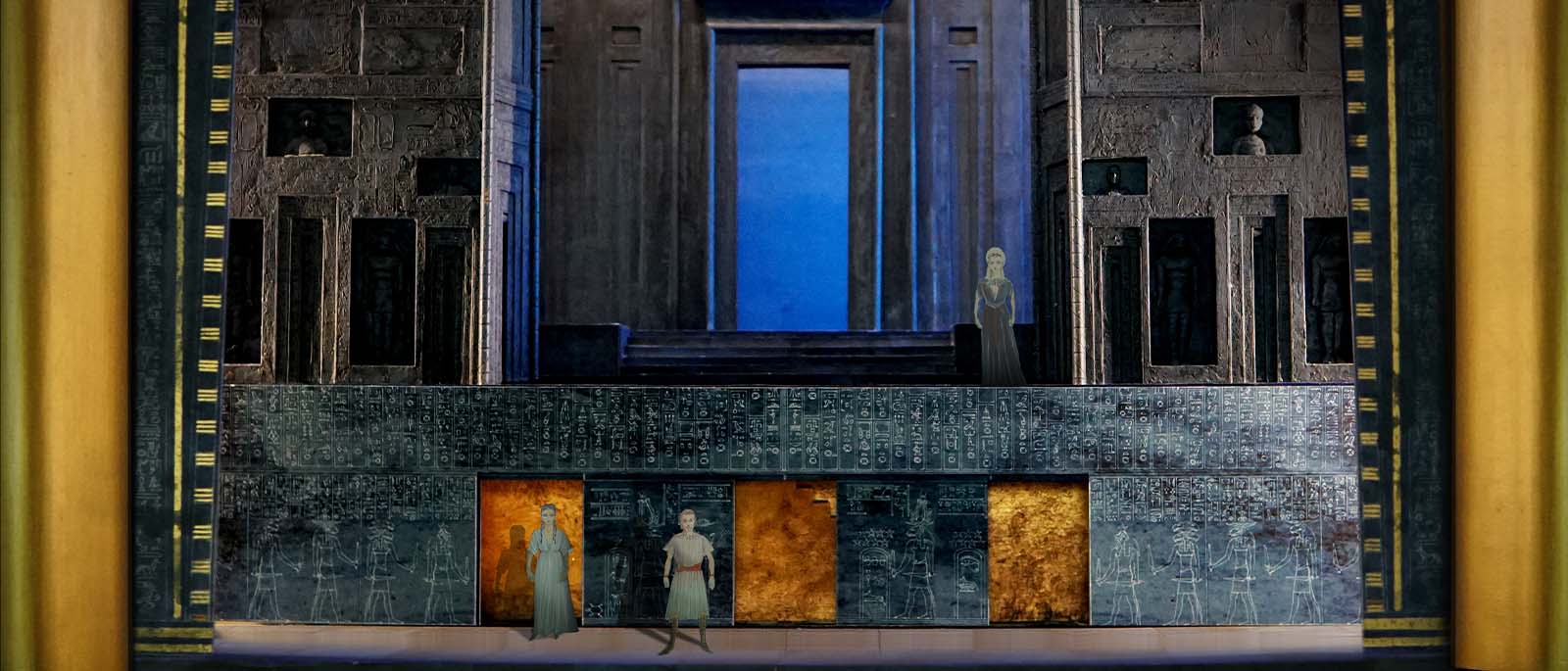
Aida
One of the most frequently performed and widely adored works in the repertory, Verdi’s Aida has become the epitome of grand opera. Thanks to a long line of productions that have embraced the opera’s epic scale, audiences are by now accustomed to beholding massive architectural sets, live animals (including horses, camels, and even elephants!) on stage, and all the pomp of a bloody conflict between two warring kingdoms. But at the heart of Aida is an intimate story of love and loyalty. Acclaimed director Michael Mayer’s new production, which premieres at the Met on New Year’s Eve, approaches Verdi’s Egyptian masterpiece from precisely this perspective.
“Aida is a complicated opera, not just because of how big it is, but because the story itself is a love triangle. It’s very intimate. It’s very small. It’s almost a chamber opera at its core,” Mayer remarks. “I think for anyone who does Aida, the challenge is to navigate between the giant pageantry and the enormity of the sound and scope of it, and then get right back to what is happening between these people.” Through innovative use of projections, animations, and nonspeaking actors representing French Egyptologists exploring ancient tombs, this spectacular staging further explores how the historical past comes to life.
This guide approaches Aida as an opportunity to consider questions about history, the politics of knowledge, and our own personal conceptions of home, belonging, and obligation. It enables students and educators to gain deeper knowledge of the intellectual and political developments that led to the creation of the opera, as well as its ingenious music and unforgettable characters—all while sparking creativity through activities focused on visual art, craft making, and theatrical improvisation. In so doing, the information on the following pages will make Verdi’s epic drama digestible for learners of all ages and backgrounds.
Included in the 2012-13 and 2024-25 seasons of HD Live in Schools.

